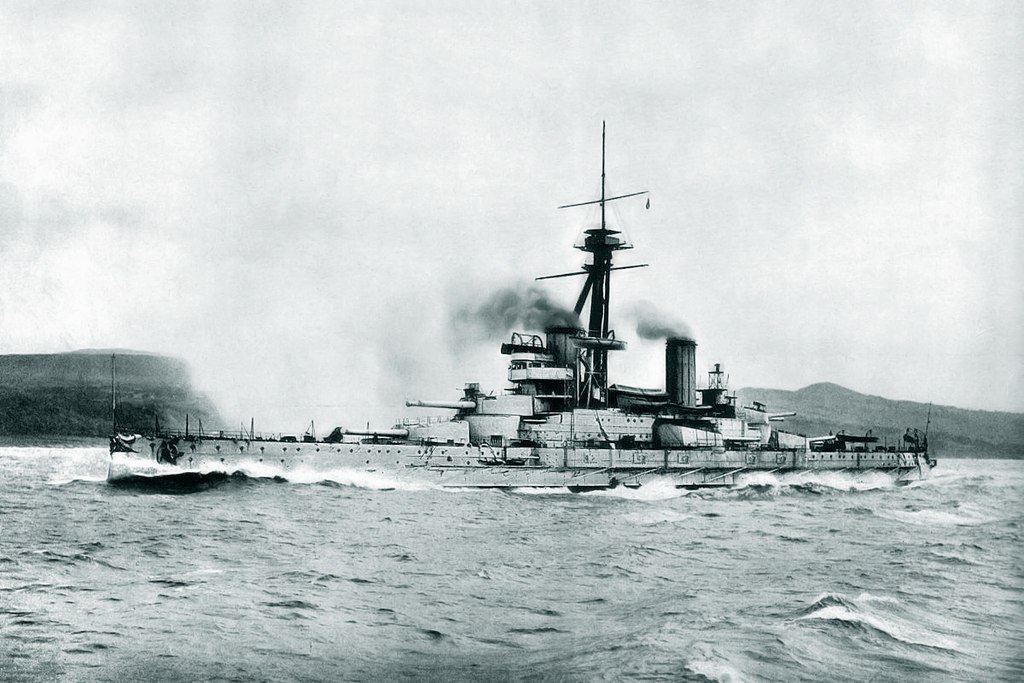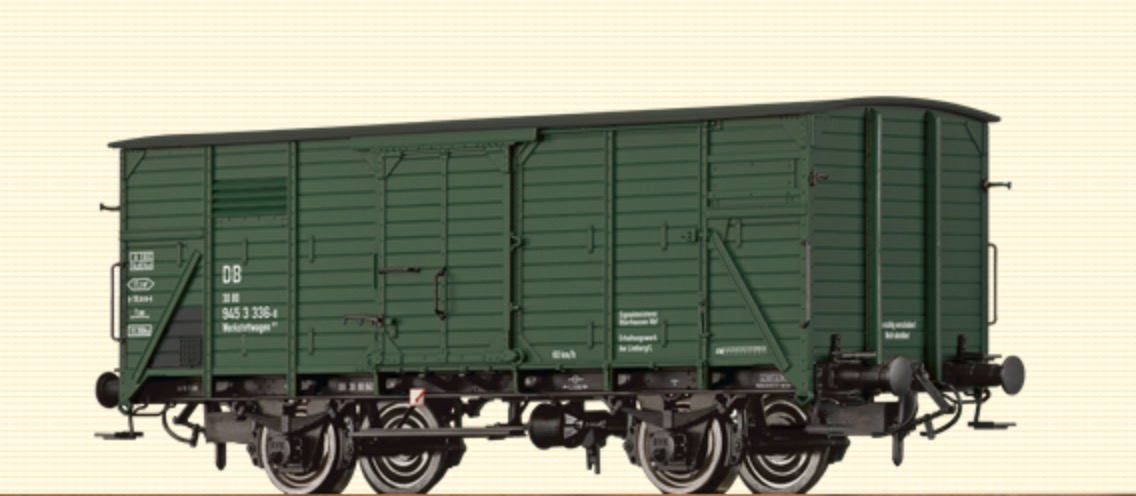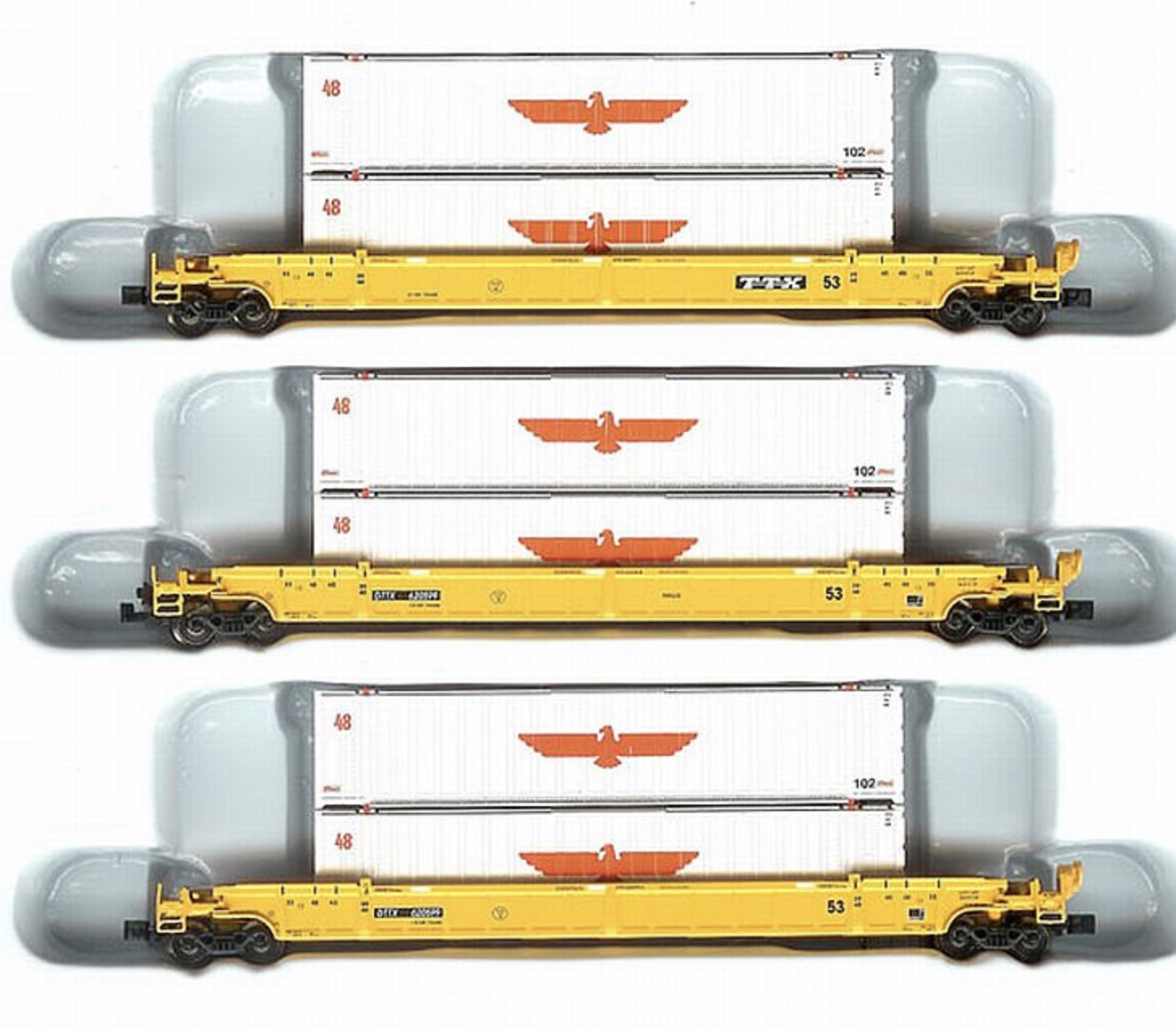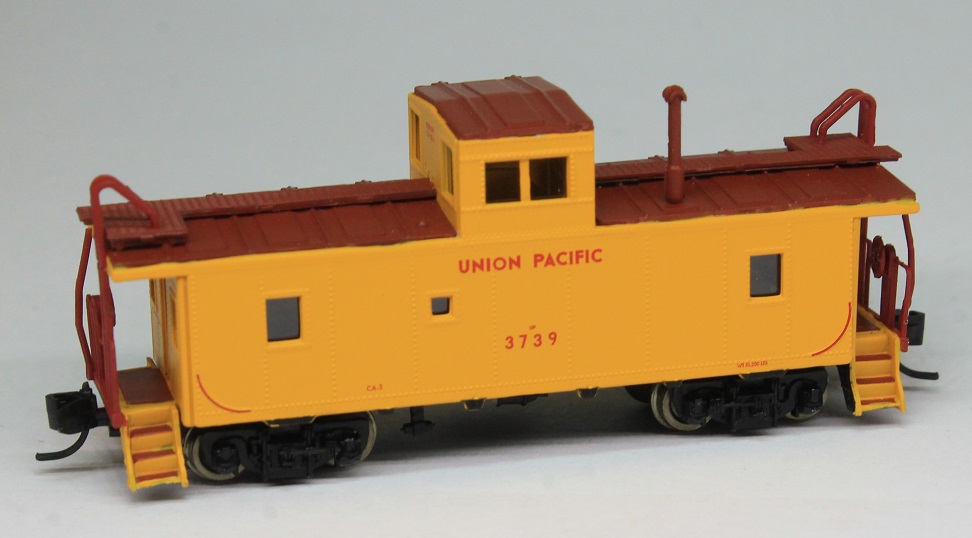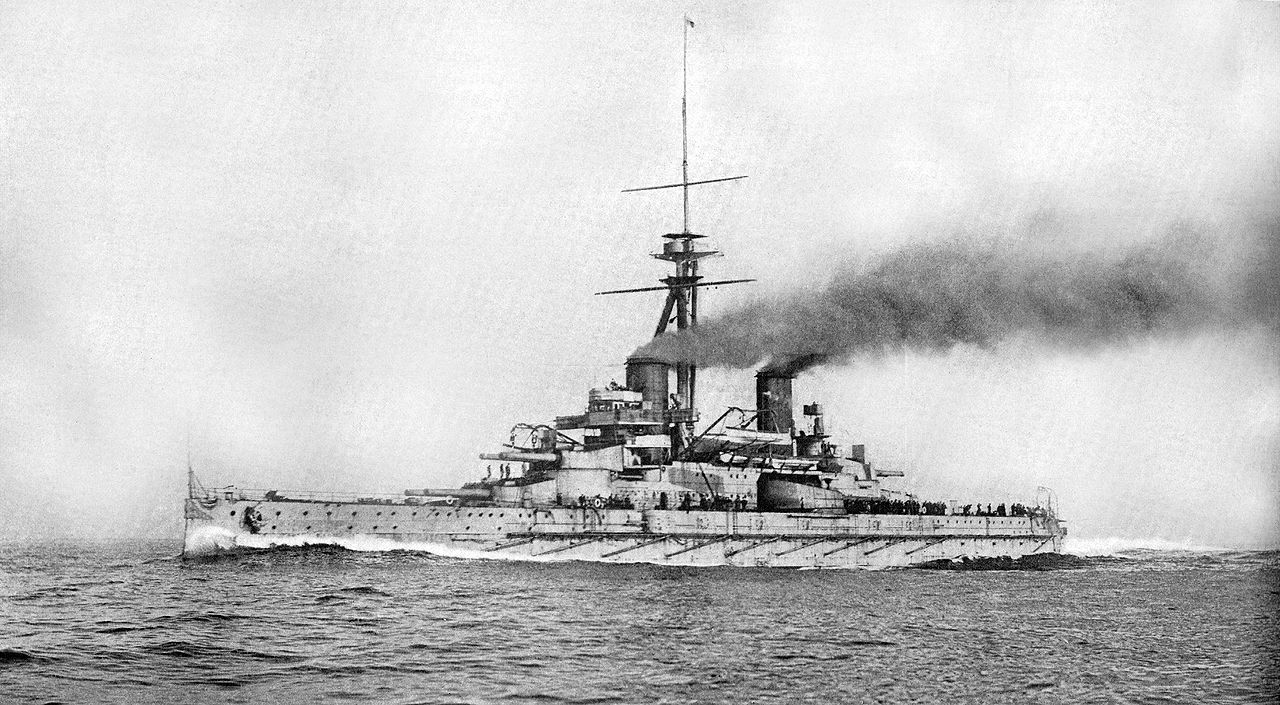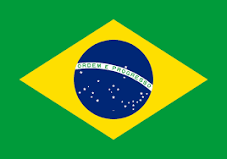History: São Paulo was a dreadnought battleship designed and built by the British companies Armstrong Whitworth and Vickers, respectively, for the Brazilian Navy. It was the second of two ships in the Minas Geraes class, and was named after the state and city of São Paulo.
São Paulo was launched on 19 April 1909 and commissioned on 12 July 1910. Soon after, it was involved in the Revolt of the Lash (Revolta de Chibata), in which crews on four Brazilian warships mutinied over poor pay and harsh punishments for even minor offenses. After entering the First World War, Brazil offered to send São Paulo and its sister Minas Geraes to Britain for service with the Grand Fleet, but Britain declined since both vessels were in poor condition and lacked the latest fire control technology. In June 1918, Brazil sent São Paulo to the United States for a full refit that was not completed until 7 January 1920, well after the war had ended. On 6 July 1922, São Paulo fired its guns in anger for the first time when it attacked a fort that had been taken during the Tenente revolts. Two years later, mutineers took control of the ship and sailed it to Montevideo in Uruguay, where they obtained asylum.
In the 1930s, São Paulo was passed over for modernization due to its poor condition—it could only reach a top speed of 10 knots (19 km/h; 12 mph), less than half its design speed. For the rest of its career, the ship was reduced to a reserve coastal defense role. When Brazil entered the Second World War, São Paulo sailed to Recife and remained there as the port's main defense for the duration of the war. Stricken in 1947, the dreadnought remained as a training vessel until 1951, when it was taken under tow to be scrapped in the United Kingdom. The tow lines broke during a strong gale on 6 November, when the ships were 150 nmi (280 km; 170 mi) north of the Azores, and São Paulo was lost.
São Paulo was launched on 19 April 1909 and commissioned on 12 July 1910. Soon after, it was involved in the Revolt of the Lash (Revolta de Chibata), in which crews on four Brazilian warships mutinied over poor pay and harsh punishments for even minor offenses. After entering the First World War, Brazil offered to send São Paulo and its sister Minas Geraes to Britain for service with the Grand Fleet, but Britain declined since both vessels were in poor condition and lacked the latest fire control technology. In June 1918, Brazil sent São Paulo to the United States for a full refit that was not completed until 7 January 1920, well after the war had ended. On 6 July 1922, São Paulo fired its guns in anger for the first time when it attacked a fort that had been taken during the Tenente revolts. Two years later, mutineers took control of the ship and sailed it to Montevideo in Uruguay, where they obtained asylum.
In the 1930s, São Paulo was passed over for modernization due to its poor condition—it could only reach a top speed of 10 knots (19 km/h; 12 mph), less than half its design speed. For the rest of its career, the ship was reduced to a reserve coastal defense role. When Brazil entered the Second World War, São Paulo sailed to Recife and remained there as the port's main defense for the duration of the war. Stricken in 1947, the dreadnought remained as a training vessel until 1951, when it was taken under tow to be scrapped in the United Kingdom. The tow lines broke during a strong gale on 6 November, when the ships were 150 nmi (280 km; 170 mi) north of the Azores, and São Paulo was lost.
Class: The Minas Geraes class, spelled Minas Gerais in some sources, consisted of two battleships built for the Brazilian Navy in the early twentieth century. Named Minas Geraes and São Paulo, the ships were intended to be Brazil's first step towards becoming an international power, and they consequently initiated a South American naval arms race.
In 1904, Brazil began a major naval building program that included three small battleships. Designing and ordering the ships took two years, but these plans were scrapped after the revolutionary "dreadnought" concept rendered the Brazilian design obsolete—two dreadnoughts were instead ordered from the United Kingdom, making Brazil the third country to have ships of this type under construction—before traditional powers like Germany, France, or Russia. As such, the ships created much uncertainty among the major countries in the world, many of whom incorrectly speculated the ships were actually destined for a rival nation. Similarly, they also caused much consternation in Argentina and consequently Chile.
Soon after their delivery in 1910, both Minas Geraes and São Paulo were embroiled in the Revolt of the Lash (Revolta da Chibata), in which the crews of four Brazilian ships demanded the abolition of corporal punishment in the navy. The mutineers surrendered after four days, when a bill was passed granting amnesty to all those involved. In 1922, the two battleships were used to help put down a revolt at Fort Copacabana. Two years later, lieutenants on São Paulo mutinied but found little support from other military units, so they sailed to Montevideo, Uruguay, and obtained asylum. Minas Geraes was modernized in the 1930s, but both battleships were too old to participate actively in the Second World War, and instead were employed as harbor defense ships in Salvador and Recife. São Paulo was sold in 1951 to a British shipbreaker, but was lost in a storm north of the Azores while being towed to its final destination. Minas Geraes was sold to an Italian scrapper in 1953 and towed to Genoa the following year.
In 1904, Brazil began a major naval building program that included three small battleships. Designing and ordering the ships took two years, but these plans were scrapped after the revolutionary "dreadnought" concept rendered the Brazilian design obsolete—two dreadnoughts were instead ordered from the United Kingdom, making Brazil the third country to have ships of this type under construction—before traditional powers like Germany, France, or Russia. As such, the ships created much uncertainty among the major countries in the world, many of whom incorrectly speculated the ships were actually destined for a rival nation. Similarly, they also caused much consternation in Argentina and consequently Chile.
Soon after their delivery in 1910, both Minas Geraes and São Paulo were embroiled in the Revolt of the Lash (Revolta da Chibata), in which the crews of four Brazilian ships demanded the abolition of corporal punishment in the navy. The mutineers surrendered after four days, when a bill was passed granting amnesty to all those involved. In 1922, the two battleships were used to help put down a revolt at Fort Copacabana. Two years later, lieutenants on São Paulo mutinied but found little support from other military units, so they sailed to Montevideo, Uruguay, and obtained asylum. Minas Geraes was modernized in the 1930s, but both battleships were too old to participate actively in the Second World War, and instead were employed as harbor defense ships in Salvador and Recife. São Paulo was sold in 1951 to a British shipbreaker, but was lost in a storm north of the Azores while being towed to its final destination. Minas Geraes was sold to an Italian scrapper in 1953 and towed to Genoa the following year.
Nationality: Brazil, a vast South American country, stretches from the Amazon Basin in the north to vineyards and massive Iguaçu Falls in the south. Rio de Janeiro, symbolized by its 38m Christ the Redeemer statue atop Mount Corcovado, is famed for its busy Copacabana and Ipanema beaches as well as its enormous, raucous Carnaval festival, featuring parade floats, flamboyant costumes, and samba music and dance.
Item created by: gdm on 2019-10-02 08:48:21. Last edited by gdm on 2020-01-08 07:47:13
If you see errors or missing data in this entry, please feel free to log in and edit it. Anyone with a Gmail account can log in instantly.
If you see errors or missing data in this entry, please feel free to log in and edit it. Anyone with a Gmail account can log in instantly.


